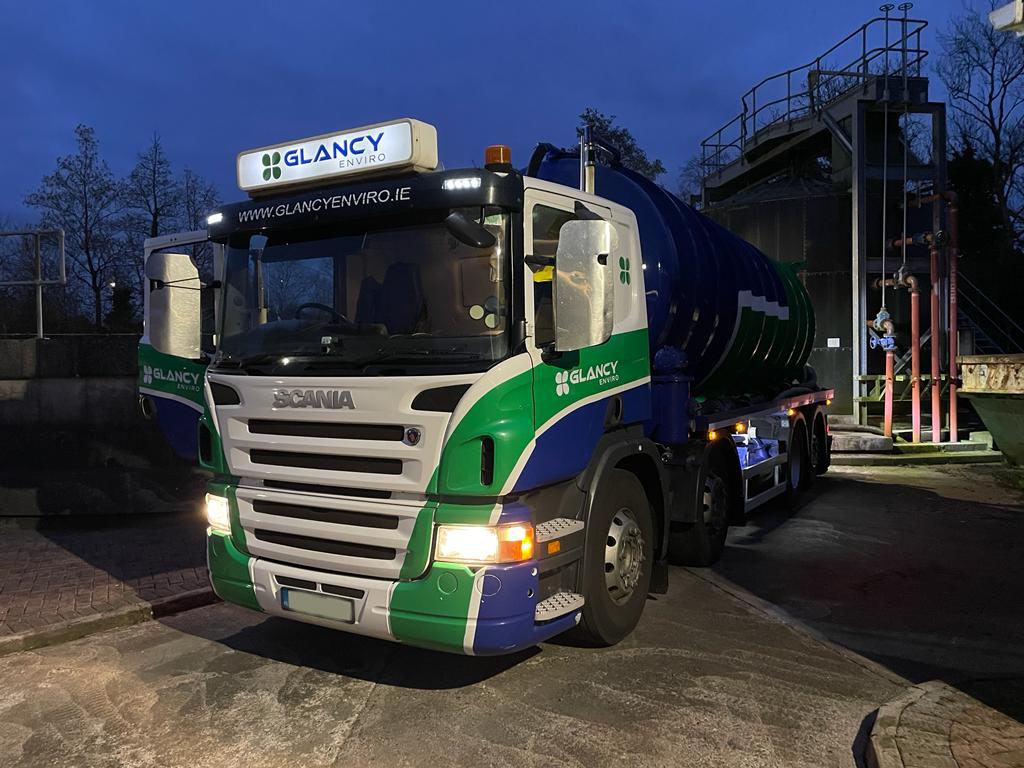Reclaim Waste Fundamentals Explained
Table of ContentsThe smart Trick of Reclaim Waste That Nobody is DiscussingGetting The Reclaim Waste To WorkThe Ultimate Guide To Reclaim WasteAn Unbiased View of Reclaim Waste5 Simple Techniques For Reclaim Waste
Domestic sewage waste refers to the waste and products from a property septic container. The appropriate monitoring and disposal of domestic sewage waste need fluid waste to be moved to a sewer treatment plant where the correct methods and tools are used to purify and dispose of waste.
Business waste commonly includes potential threats, such as combustible materials or a blend of fluid and solid waste products, and requires a much more innovative and in-depth disposal procedure. The disposal of commercial waste normally entails the purification of waste before transportation to ensure safe and correct disposal. Industrial waste is produced from by-products and runoff of industrial processes and manufacturing.
This sort of waste can not make use of the same sewer management transportation or procedures as septic or industrial fluids. The hazardous waste administration procedure requires the inspection and testing of liquid waste prior to it undergoes the disposal procedure (liquid waste removal). Runoff waste is the fluid waste that originates from runoff and excess stormwater in extremely populated areas or cities
Drainage waste can trigger contamination and flooding otherwise handled properly. Find out more about sewer cleaning and waste monitoring. Ensuring correct waste management can prevent disasters and minimize environmental injury. Both individuals in residential setups and specialists in commercial or manufacturing industries can take advantage of comprehending the processes and policies of liquid waste management.
What Does Reclaim Waste Mean?
Call PROS Providers today to find out about our waste administration and disposal solutions and the proper methods to look after the liquid waste you create.
(https://padlet.com/leonaube33101/reclaim-waste-hw71hge954tsaxnp)This so-called 'wastewater' is not just a vital source however, after treatment, will certainly be released to our land, rivers or the sea. Made use of water from commodes, showers, baths, kitchen sinks, washings and industrial procedures is known as wastewater.

water utilized to cool down machinery or clean plant and tools). Stormwater, a form of wastewater, is drainage that moves from agricultural and city areas such as roofs, parks, gardens, roadways, courses and gutters into stormwater drains pipes, after rainfall. Stormwater flows without treatment directly to regional creeks or rivers, ultimately reaching the ocean.
Facts About Reclaim Waste Uncovered
In Queensland, many wastewater is treated at sewer treatment plants. Wastewater is moved from residential or commercial sites via a system of sewage systems and pump terminals, referred to as sewage reticulation, to Bonuses a sewer treatment plant. City governments build, maintain and operate most sewage treatment plants. Operators are accredited under the Environmental Management Act 1994 to discharge treated wastewater at an appropriate ecological criterion into waterways.
The Department of Natural Resources advises regional federal governments regarding managing, operating and keeping sewerage systems and therapy plants. In unsewered locations, neighborhood federal governments might need owners to mount individual or family sewer treatment systems to deal with domestic wastewater from commodes, kitchen areas, bathrooms and laundries. The Division of Natural Resources authorises using home systems when they are verified to be effective.
A lot of stormwater obtains no therapy. In some new subdivisions, therapy of some stormwater to get rid of trash, sand and crushed rock has started using gross toxin traps. Wastewater therapy occurs in 4 phases: Eliminates strong matter. Bigger solids, such as plastics and other items incorrectly discharged to drains, are eliminated when wastewater is travelled through displays.
Wastewater then streams into big storage tanks where solids clear up and are eliminated as sludge. Grease and scum are skimmed from the surface area. Makes use of little living organisms called micro-organisms to damage down and remove remaining liquified wastes and fine bits. Micro-organisms and wastes are included in the sludge. Gets rid of nitrogen and phosphorus nutrients that might trigger algal flowers in our rivers and threaten water life.
The 10-Second Trick For Reclaim Waste
Nutrient removal is not offered in all sewer therapy plants due to the fact that it needs pricey specialist devices. It is ending up being more typical in Queensland. Clear fluid effluent created after therapy might still contain disease-causing micro-organisms. If this effluent is launched into waterways such as rivers or the sea, the micro-organisms will at some point die out.

This typically implies wastewater needs to be dealt with or pollutants removed prior to it can be discharged to rivers. A lot of wastewater flows right into the sewage system. Under the Act, city governments provide approvals and permits for environmentally pertinent tasks (Ages) involving wastewater launches that might have a neighborhood effect. The division provides authorizations and licences to Periods including wastewater launches that could have a regional or statewide influence.
Reclaim Waste - The Facts
Surveillance provides factual information about water high quality and can verify that permit problems are being satisfied. The details acquired via tracking gives the basis for making water quality choices.